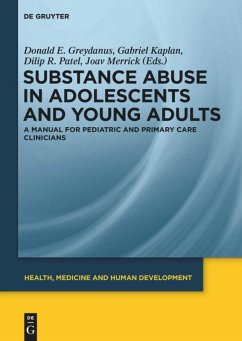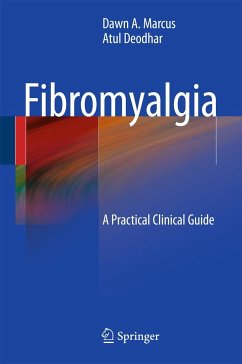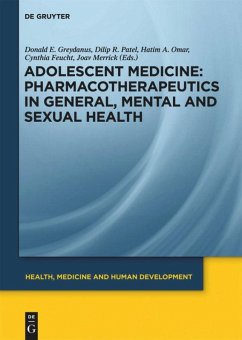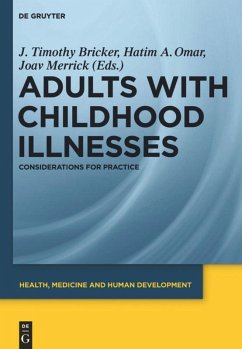
Symptom Fluctuation in Fibromyalgia
Environmental, Psychological and Psychobiological Influences

PAYBACK Punkte
60 °P sammeln!
Fibromyalgia is a syndrome of wide spread pain that is known from all parts of the world. An aspect of the syndrome of fibromyalgia is fluctuation as in onset of pain, variation in the level of symptoms, time off from pain and recovery from pain and other symptoms. The analysis of these fluctuations might create a basis for solid suggestions regarding the nature of the syn-drome itself. E.g. the pain level is well known to vary with mental and physical load including exposure to cold. Simultaneously, fibromyalgia has been found to mean an altered balance in the autonomic nervous system. In the...
Fibromyalgia is a syndrome of wide spread pain that is known from all parts of the world. An aspect of the syndrome of fibromyalgia is fluctuation as in onset of pain, variation in the level of symptoms, time off from pain and recovery from pain and other symptoms. The analysis of these fluctuations might create a basis for solid suggestions regarding the nature of the syn-drome itself. E.g. the pain level is well known to vary with mental and physical load including exposure to cold. Simultaneously, fibromyalgia has been found to mean an altered balance in the autonomic nervous system. In the first section of the book a developmental stage or life before fibromyalgia is covered. Intra- and interpersonal patterns based on narrations of the afflicted are pictured. Identified patterns are psychometrically examined and environmental as well as psychobiological patterns are accounted for. In the mid-section of the book life with fibromyalgia is scrutinized including biomarkers. Patterns regarding variation in the level of pain, gaps in fibromyalgia pain and environmental factors influencing these gaps are related. The effect on life, symptoms and defense measures is elucidated from the angle of mental load. The last sections portrait psychological and environmental influences concerning recovery, but especially the striking phenomenon of recovery being scarce. Special attention is paid to cognitive-emotional functioning, the need to target dissociation and environmental influences on maintenance.














